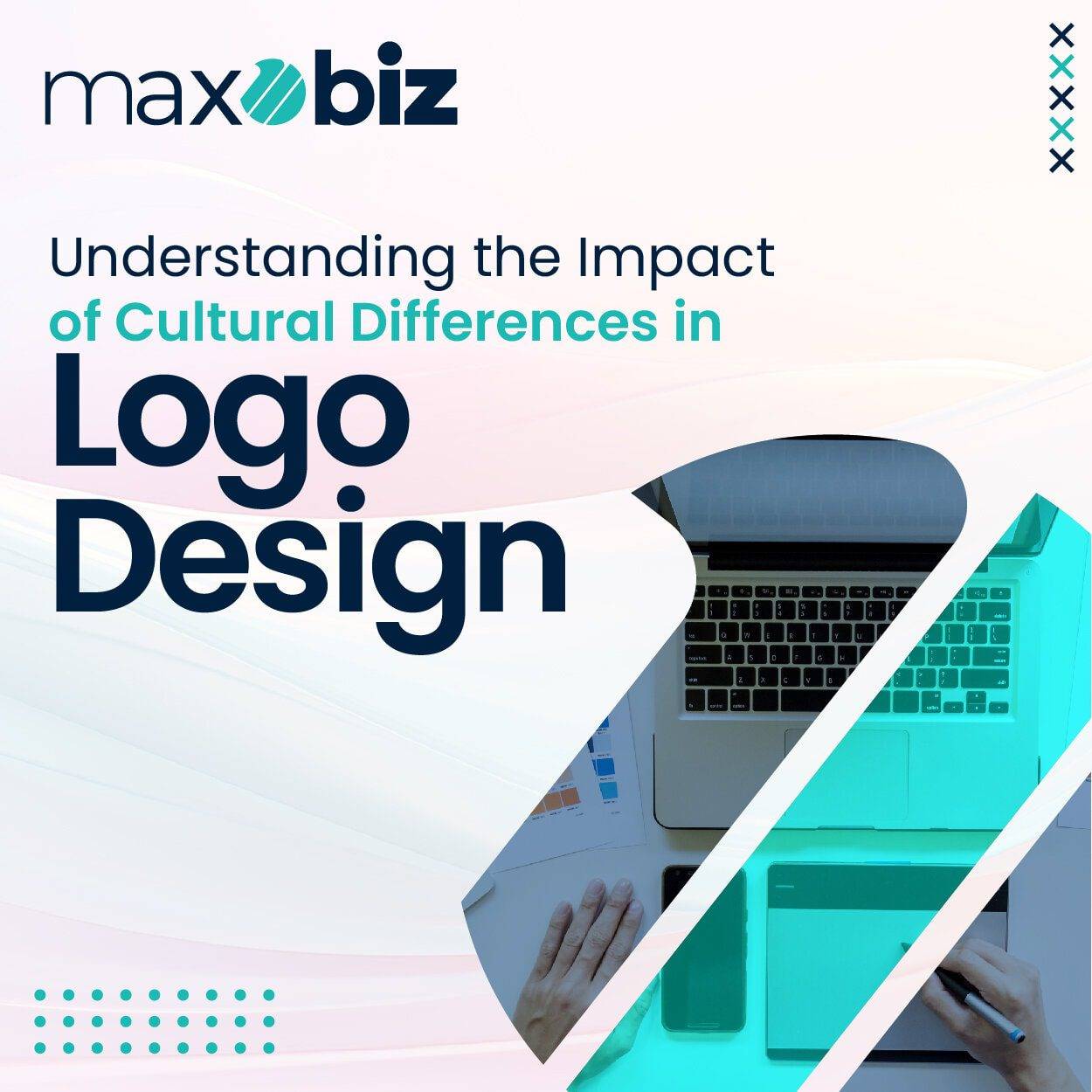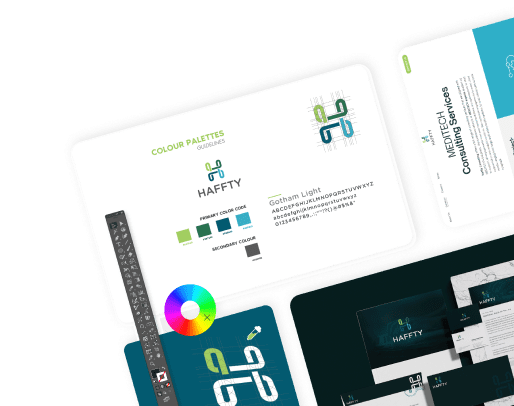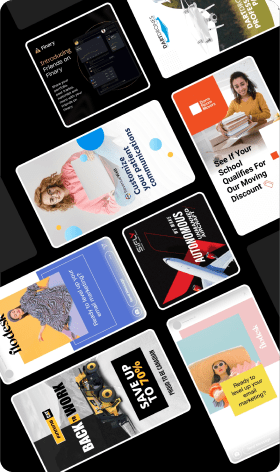Decoding the Cultural Code in Logo Design:
Decoding the cultural code in logo design means understanding the hidden meanings and symbols behind logos. Logos are not just random shapes and colours, they often carry cultural associations and messages. By examining the design elements, colours, and shapes used, we can uncover the intended cultural references and messages that the logo is trying to convey.
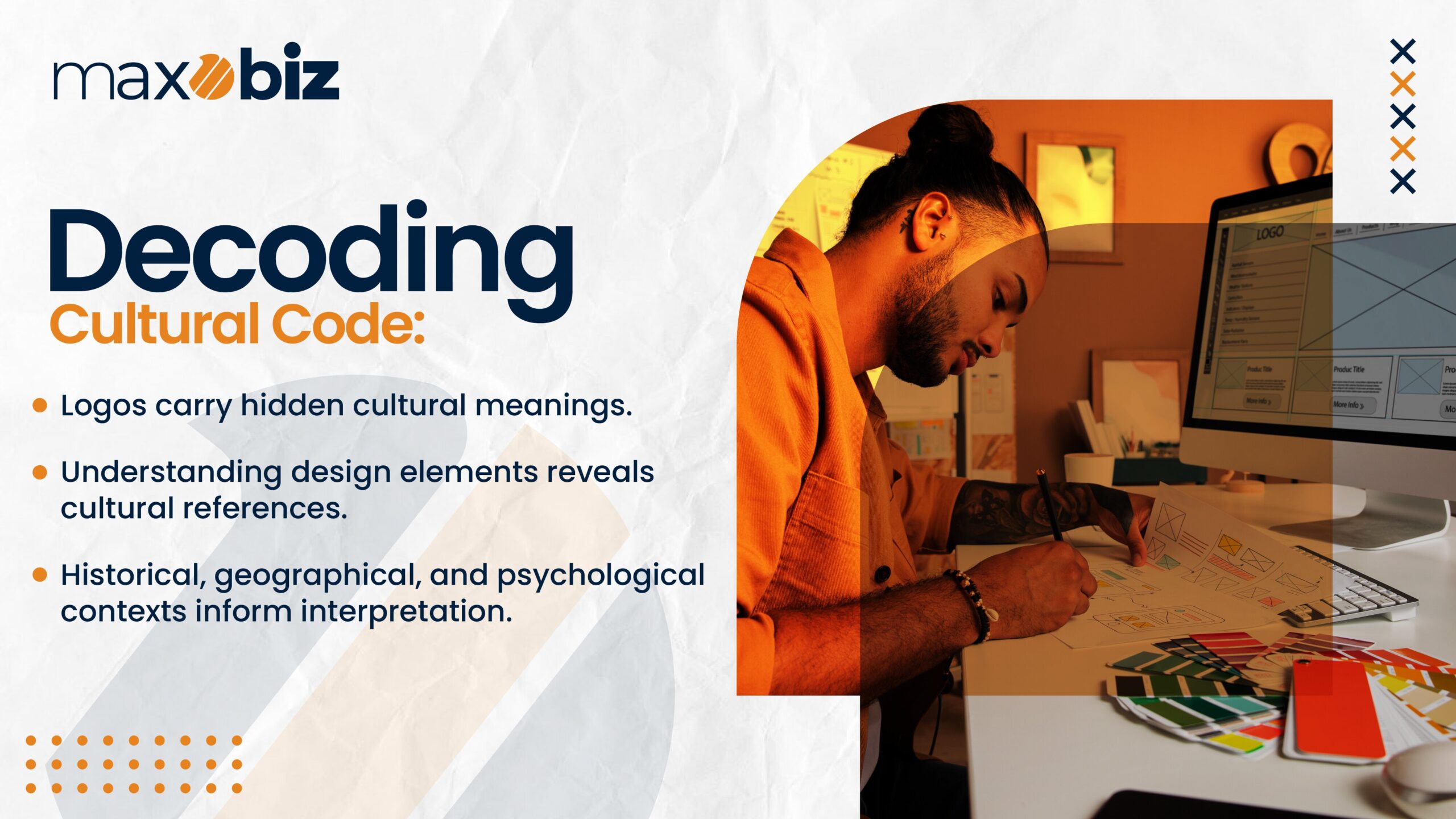
The Role of Culture in Shaping Logo Evolution:
Culture plays a significant role in shaping the evolution of logos. As society changes and progresses, cultural values, beliefs, and trends also shift. These changes impact how organizations want to be perceived by their target audience. Logos need to resonate with people on a cultural level to be relevant and effective. Therefore, companies may need to adapt and update their logos over time to align with the evolving cultural landscape and ensure their brand remains relatable and meaningful to their customers.
Exploring How Historical Context Influences Logo Trends:
Think of logos as a mirror reflecting society’s evolution. Just as fashion changes with time, so do logos. For instance, during the minimalist trend in the 20th century, logos became simpler and more abstract. It’s like how we went from fancy Victorian dresses to the sleek little black dress!
Case Studies: Evolution of Major Brand Logos across Cultures:
Imagine a world tour through logos! Big brands like Coca-Cola or McDonald’s adapt their logos to different cultural contexts. In Japan, for example, you might find more refined and minimalist logos, while in the USA, bold and bright designs often take centre stage.
Diving Deep into Cultural Nuances in Logo Creation
When creating logos, it’s important to consider the cultural nuances and sensitivities of the target audience. Different cultures have different symbols, colours, and meanings associated with them. By diving deep into these nuances, designers can create logos that resonate with and connect to the intended audience. This understanding helps avoid unintentional misinterpretations or offensive symbols in logo design, ensuring that the logo effectively communicates the desired message while remaining culturally sensitive and inclusive.
The Interplay of Aesthetics and Cultural Identities in Logos
It’s like a dance between beauty and identity. Every culture has unique aesthetics – consider the vibrant colors in Indian designs versus the Nordic love for simplicity. Logos blends these elements to resonate with local tastes and values.
Unpacking the Symbolism: Cultural Values Reflected in Logos
Logos often hide little secrets in their designs. They can symbolize values dear to a culture. For example, a logo might use a lotus flower in Asia to represent purity and enlightenment, while a bald eagle in American logos often stands for freedom and strength.
The Geographic Lens: Regional Influences on Logo Design
The geographical lens is a way of understanding how a specific region or location can influence logo design. Different regions have unique cultures, customs, and values, which can impact the design elements, colors, and symbols used in logos. By considering the regional influences, designers can create logos that are relevant and appealing to the local audience. This helps to establish a strong connection between the brand and its target market, reflecting an understanding of the specific geographic context in which the logo will be used.
Navigating Design Preferences across Different Regions:
Imagine you’re a traveler exploring different parts of the world. Like each place has its own culture and style, logo design varies from region to region. In some places, bright and bold colours might be the go-to, while in others, subtle and minimalist designs steal the show. It’s like a fashion trend – what’s in vogue in one area might not be in another. Just as you’d pick the right colour for your logo, understanding local preferences can make all the difference.
The Storytelling Aspect: How Local History and Traditions Shape Logos
Now, think of logos as tiny stories on a billboard. They often reflect the local history and traditions of a place. For example, a logo from Japan might include elements of their rich cultural heritage, like cherry blossoms or samurai warriors. It’s like giving a nod to the past while creating something new.
Striking a Balance: Maintaining Regional Identity in Global Brands
Here’s a tricky part – how do you keep your local flavor when you’re a global brand? It’s like trying to fit in with everyone at a party. Brands must be respectful and relatable to different cultures without losing their original identity. It’s a delicate dance between being universally appealing and distinctively local.
Mastering Culturally Sensitive Logo Design:
A Step-by-Step Guide
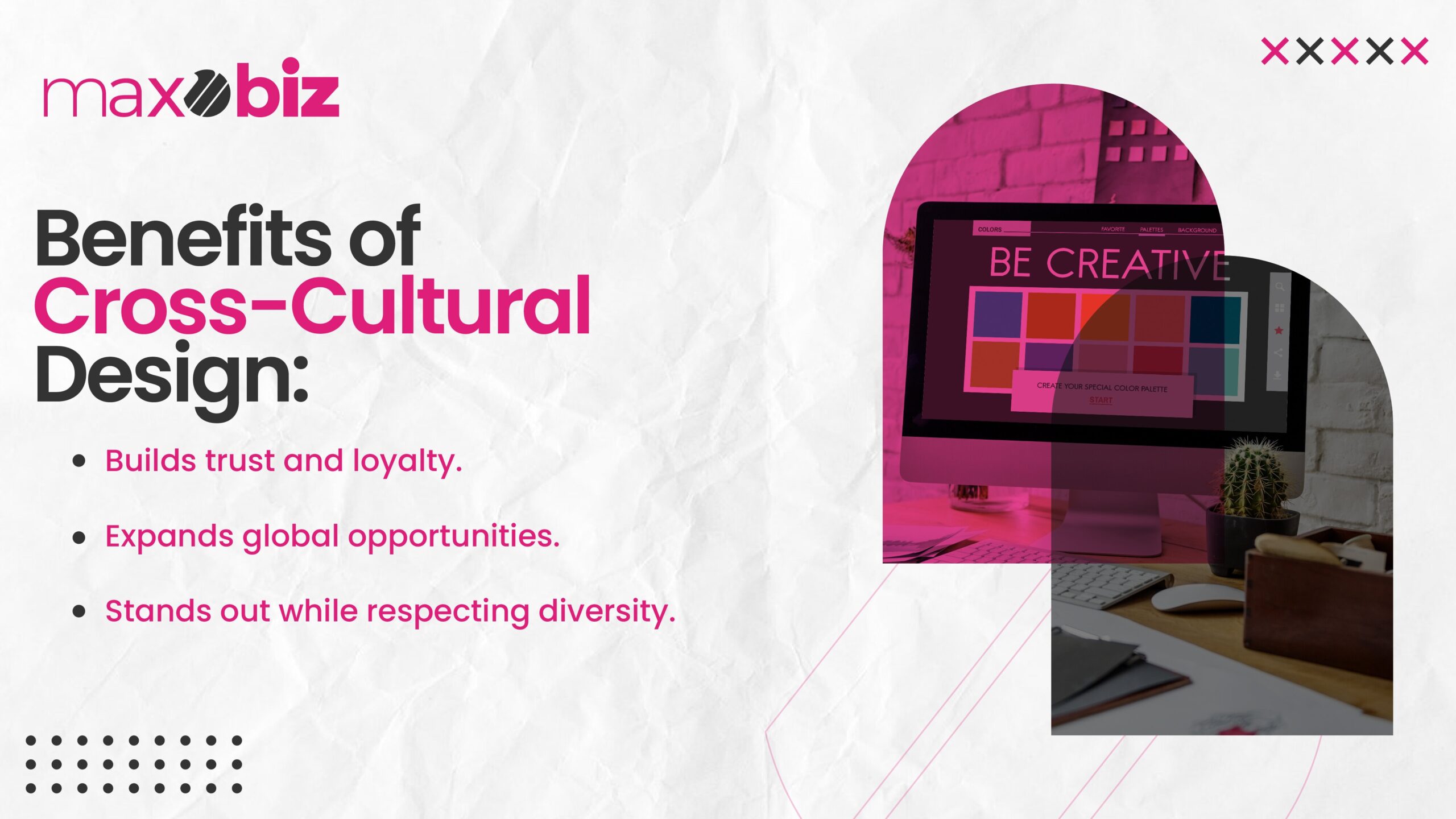
Tailoring Logos for Global Markets: Top 4 Strategies
There are a few smart strategies when designing logos for the world stage. First, do your homework – understand the cultural do’s and don’ts. Second, use colours and symbols that resonate globally. Third, be adaptable – make designs that can be tweaked for local markets. And lastly, always test your design with local audiences. It’s like making sure your outfit is just right for an international gala!
Cross-Cultural Logo Design: Bridging the Global Divide
This is all about creating a design that speaks a universal language. Imagine a bridge connecting different cultures – that’s what a cross-cultural logo does. It needs to be simple enough to be understood worldwide, yet unique enough to stand out. It’s like creating a universal handshake in the form of a design.
Embracing: Multiculturalism in Logo Design
Incorporating Diverse Perspectives for Broader Appeal:
In today’s melting pot world, incorporating diverse perspectives in logo design is crucial. It’s like throwing a party where everyone’s invited and feels welcome. By including different viewpoints, a logo can appeal to a broader audience and tell a more inclusive story. It’s about celebrating diversity in every curve and color of the design.
Deciphering Cultural: Elements in Every Facet of a Logo
How Brand Philosophy Mirrors Cultural Insights:
Think of a brand as a person, with its personality and beliefs. Now, how this brand ‘person’ talks, dresses, and acts can tell us a lot about its cultural background. For example, a brand that values simplicity might use clean lines in its logo, reflecting a culture that appreciates minimalism.
Cultural Reflections on Brand Naming Strategies:
Ever wonder why some brand names sound cool in one language but odd in another? That’s because cultures impact how a brand name is perceived. It’s like naming a pet – you want a name that’s catchy and meaningful but also makes sense in different cultural contexts.
Crafting Taglines That Resonate Across Borders:
Creating a tagline that clicks with people worldwide is like writing a universal hit song. It’s about finding those emotional chords that everyone can relate to, regardless of where they’re from. The best taglines are simple, memorable, and touch the heart.
The Psychology of Colour in Different Cultures:
Colours are like a secret language. In some cultures, red might mean love, while in others, it could signal danger. This is the essence of colour psychology. So, when a brand picks colours for its logo, it’s like choosing the right outfit for an international party – you want to look appealing to everyone.
Symbolism in Logos: A Cultural Interpretation:
Logos often use symbols that are a shorthand for bigger ideas. Like how a tree might represent growth or nature. But the twist is, a tree could mean different things in different cultures. It’s all about tapping into those cultural codes.
Orientation and Layout: Cultural Preferences Unveiled:
The way a logo is arranged can speak volumes. Some cultures read left to right, others right to left, or even top to bottom. It’s like setting a dinner table: the arrangement tells you a lot about the host’s customs.
Deep-Dive Research for: Culturally Informed Logo Design
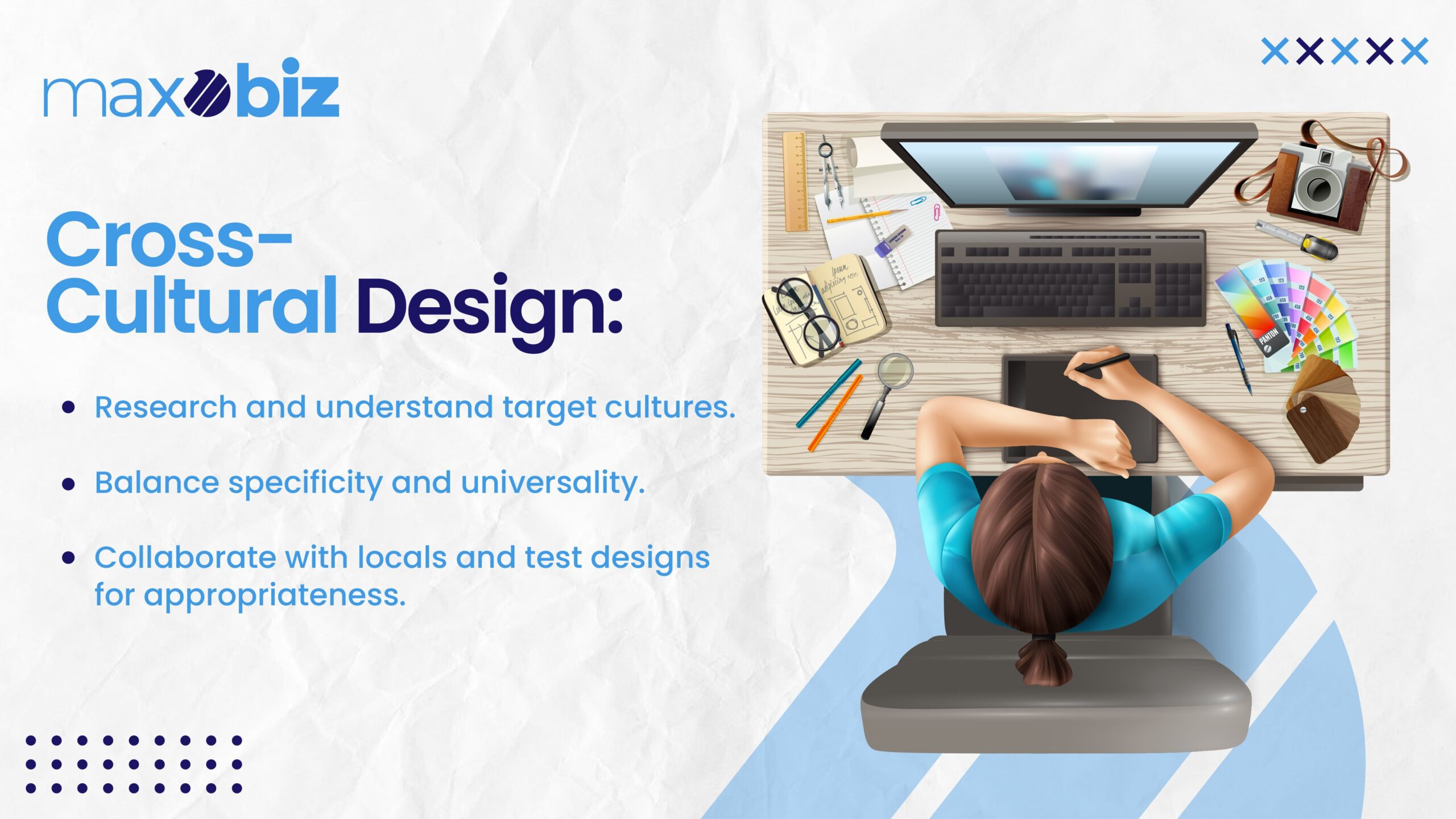
The Role of Iconography in Cultural Representation:
Icons in a logo are like emojis. They convey a lot of information in a tiny image. But, just like emojis, their meanings can change across cultures. It’s about choosing icons that tell the right story everywhere.
Understanding Cultural Psychology in Logo Perception:
This is about getting into the minds of different cultures to see how they view logos. It’s like being a mind-reader at a global carnival, understanding what excites, soothes, or intrigues people from various backgrounds.
The Importance of Local History in Logo Storytelling:
Every place has its history, like chapters in a giant world book. When a logo can reflect some of this history, it’s like giving a high-five to local traditions and stories.
Conducting Interpersonal Research for Authenticity:
This is all about talking to real people to understand what makes their culture tick. It’s like being a detective, piecing together clues from conversations to create a logo that truly resonates.
Balancing Specificity and: Universality in Cross-Cultural Design
Strategies for Culturally Adaptable Logo Designs:
Imagine you’re creating a logo, but you want it to be a hit not just in your hometown, but all over the world. Tricky, right? Well, here’s the secret sauce: balance. You’ve got to find that sweet spot between being specific enough to be meaningful, yet universal enough to appeal to everyone. First up, think about symbols and colours. It’s like a game of mix and match! Some symbols and colours are like international celebrities—they’re recognized everywhere. Like a heart symbolizing love or green for nature. Use them wisely to create a vibe that people from different places can relate to.
Then, there’s the language game. If you’re using words, choose ones that are easy to understand globally. Sometimes, it’s just about picking a font that’s clear and easy on the eyes, no matter where you’re from. And here’s a pro tip: research is your best friend. What works in one culture might be a no-go in another. So, do your homework, and make sure your logo is saying “Hello, friend!” and not “Oops, my bad!”
The Advantages of: Cross-Cultural Logo Design
How Embracing Cultural Diversity Elevates Brand Identity:
Now, let’s talk about why going cross-cultural with your logo is like finding a treasure chest for your brand. First off, it’s all about connection. When people see a bit of their own culture in your logo, it’s like you’re giving them a high-five. It makes your brand more relatable and lovable.
Also, think big—like, world-stage big. A cross-cultural design can open doors to new markets and opportunities. It’s like saying, “Hey world, here I am, ready to play!”And don’t forget, it’s a crowded market out there. A logo that dances to the beat of many drums can make your brand stand out in the crowd. It’s not just a logo, it’s a story of unity and diversity, all wrapped up in one neat package.
Plus, here’s the cherry on top: respect and understanding. By embracing different cultures in your design, you’re showing that you care and respect diversity. And guess what? People love that!
